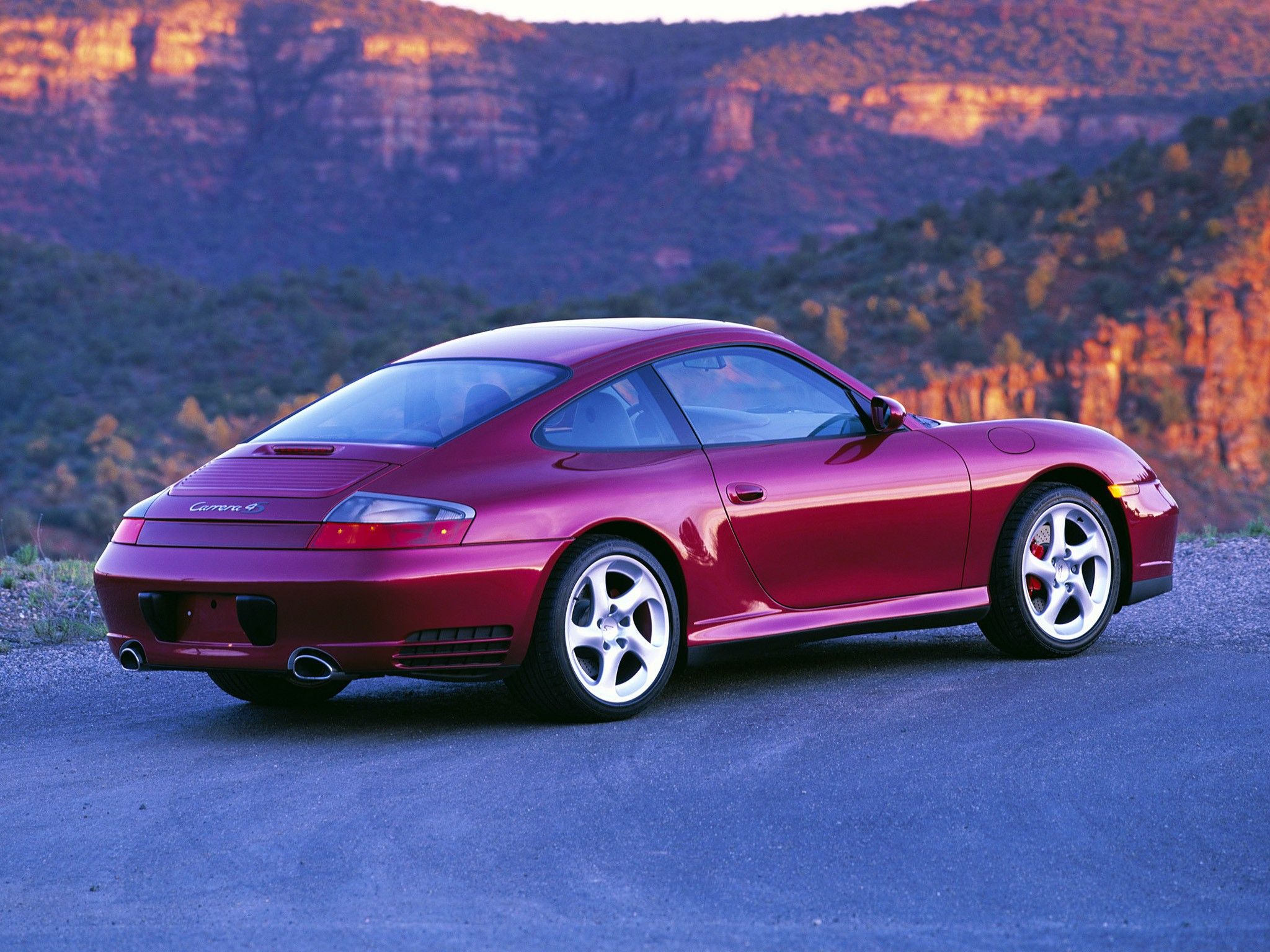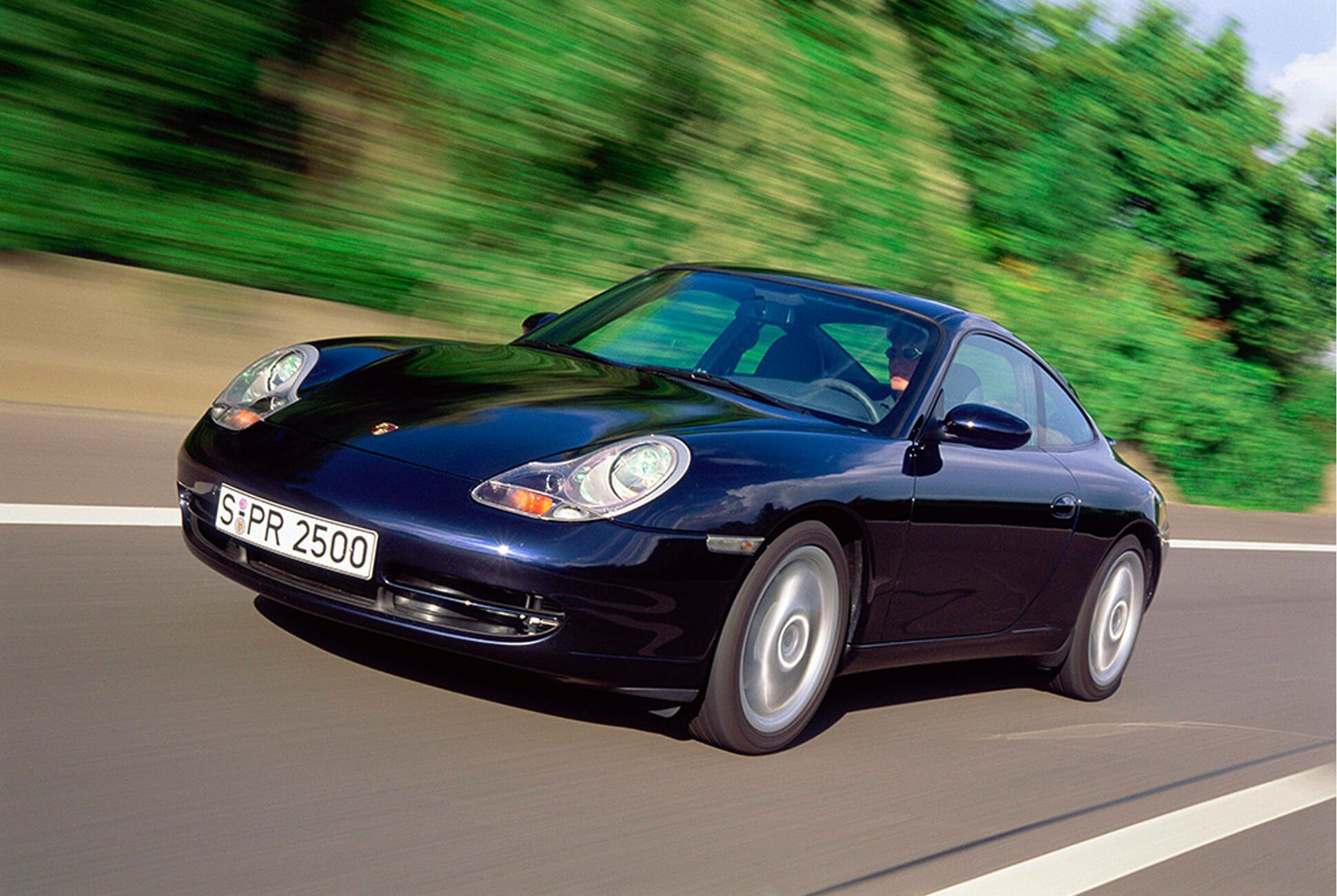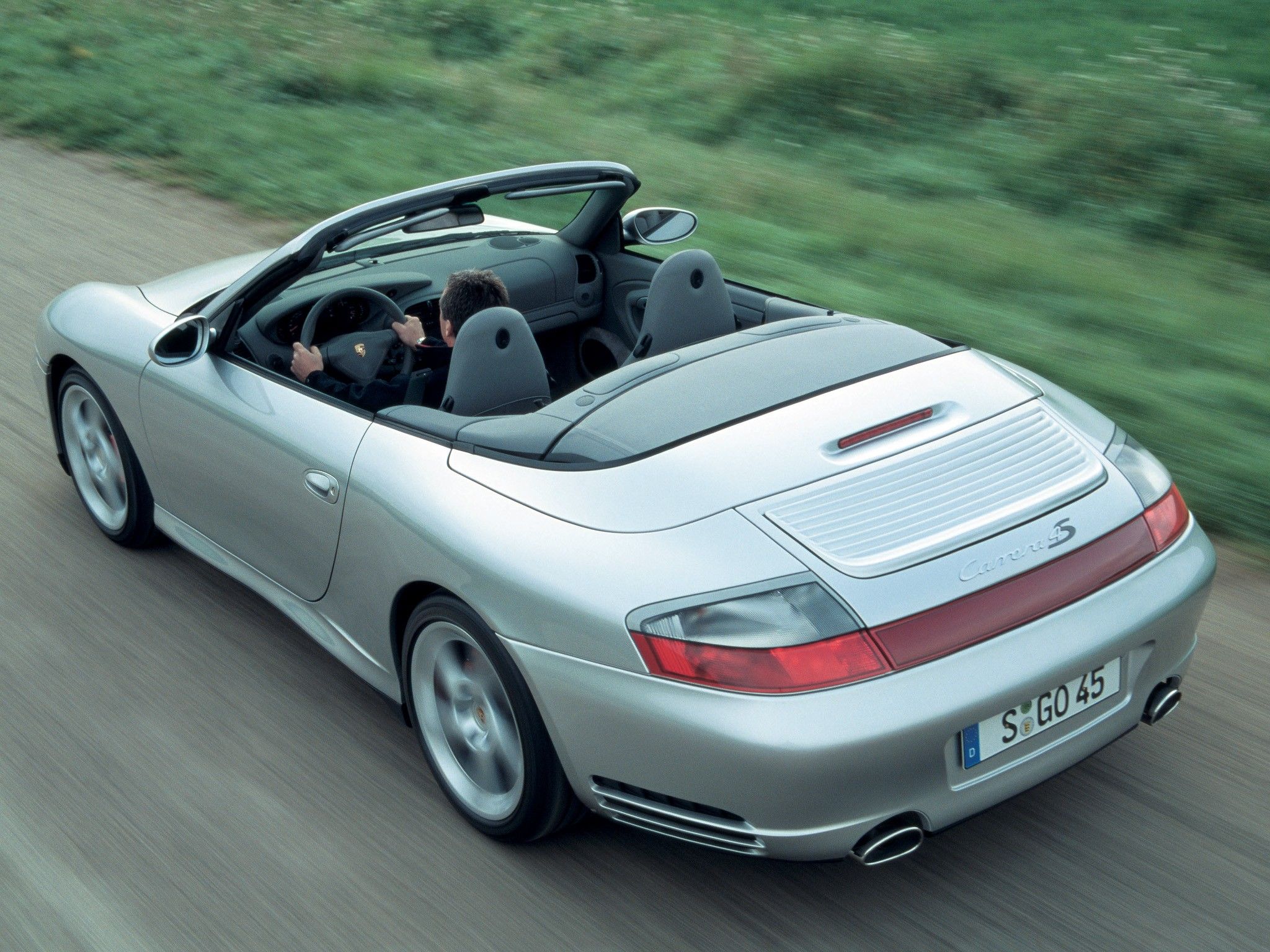If you run a search on your automotive classifieds site of choice for an old Porsche 911, you’ll notice an interesting trend. 911s older than 1997, which is to say the air-cooled ones, are worth eye-watering amounts of money and are regularly traded for more than what they would have cost when new, adjusted for inflation. In short, there is a massive and still growing bubble for air-cooled Porsche 911s, and they’re priced well out of the realms of the average person’s affordability.
But that doesn’t mean there aren’t some old Porsche 911s that are still reasonably affordable. For that, we must turn to one of Porsche’s more controversial vehicles. One that drew a line between Porsche enthusiasts (and customers) who were willing to accept that times – and automotive engineering – had changed and progress was inevitable, and those who believe the chattering of an air-cooled flat-6 is the only “true” Porsche experience. I’m talking about the runny-egg-eyed mongrel we know as the 996 generation – the first water-cooled Porsche 911.
The 996 is swiftly becoming a criminally overlooked performance bargain, an easily accessible gateway drug into Porsche’s unique world of rear-engined motoring. Internet car journalism superstar Doug Demuro agrees. Early examples are starting to pop up below $20,000, some even under $10,000. That’s used Subaru BRZ/NC Miata money for a true flat-6, rear-engine Porsche 911, and yet, plenty of people still scoff at the idea of actually owning and operating a 996.
We're here to dispel the myth that somehow the 996 isn’t a “proper Porsche,” and that it is, in fact, one of the best performance bargains you can buy today.
What Is It?
To some people, the 996 is sacrilege of the purest form. But to most of us, it's the generation of Porsche 911 sold between 1997 and 2004, with certain models remaining in production until 2006. It was the first water-cooled 911, though it was not the first water-cooled Porsche. That crown goes to all the transaxle cars, which include the 924, 944, 928 and 968, none of which survived the turn of the millennia.
The 996 came in a range of models, as most 911 generations do, to satisfy everyone from junior associates at legal firms all the way to the senior partners who run those legal firms. And dentists. They love a Porsche.
You could have the base Carrera, the faster Carrera S, the four-wheel drive Carrera 4S (all of these were available as hard tops, targa tops and convertibles), the Turbo, the Turbo S, the GT3, GT3 RS and the GT2. And that's only the road-legal models.
Within that massive range were a series of flat-6 engines, ranging from the base 3.4l engine making around 300 horsepower, all the way to the GT2's near-500 horsepower turbocharged 3.6l. Most models offered the choice of a standard 6-speed manual transmission, or a Mercedes-sourced 5-speed automatic. This was before the days of the lightning-quick Porsche Doppelkupplungsgetriebe (PDK, or in English, double-clutch gearbox).
Why Was It Controversial?
The main reasons for the 996's controversy were its headlights and its method for cooling its engine, though there were other inevitable complaints too. Let's address some of them:
The headlights drew most immediate ire, with them being labelled "runny egg" or "fried egg" because of the way they looked like the traditional round 911 headlight shape "melting" or "running" down the front of the car. See it for yourself in the image above. Porsche would facelift the 996 during its production run to address this with a slight reworking of the headlight and front bumper shapes, but ultimately abandoned the design idea with the next-generation 997 car.
Water cooling was also a big issue for some, though it quickly became apparent that it was a necessary change for Porsche to keep making its famous sports car in a new emissions-controlled era. Air cooled engines are less energy-efficient, and inefficiency is Thoughtcrime for German engineers. Porsche had to modernize, and seeing the power outputs they're able to generate from liquid-cooled engines nowadays, the decision has aged well.
Other complaints were levelled at the car's styling, but to my eyes, Porsche's decision to further differentiate its design language from the squashed VW Beetle look is a good move. The 996 has aged quite nicely, and it stands out as a sleek, aerodynamic, pebble-like shape in contrast to the largely overstyled sports cars of today.
The 996 did not have the nicest interior layout either. Where Porsche interiors were traditionally designed around straight lines and simple layouts, the 996 took a slight deviation and added in more rounded shapes and fluid lines, as was the trend in 1990s car design. It wasn't as egregious as some other vehicles of the era, and Porsche generally kept a high standard for material quality regardless of visual appearance, but it was an area of disdain nonetheless.
So you can see, the majority of complaints levelled at the 996 were not to do with its driving dynamics, rather with surface-level things like headlight design and interior layout. These things to not fundamentally affect how a car drives, and in the case of the 996, it drove well enough that these complaints immediately became irrelevant.
Buying One: What To Know, What To Look Out For
Something to do with intermediate shaft bearings, so I've heard, is this car's biggest known fault, and it is a relatively minor one at that. People who talk about used 996s nowadays tend to fall into two camps: people who believe IMS bearing failure to be a serious issue that all owners should be afraid of, and those who are willing to take the risk knowing that less than 2% of cars sold had this issue, and most 996s on sale now will likely have had it fixed already.
The IMS bearing is a small bearing that guides the shaft which operates the car's dual overhead cams on both banks of cylinders. If it fails, it can cause bits of debris to spread themselves throughout the inside of the engine like a virus, requiring a total engine rebuild. It can also cause the tops of the pistons to have a very unfriendly meeting with the valvetrain, as these are interference engines, which would also require a rebuild if not total replacement of the engine.
Sounds terrifying, but in reality, there is very little to fear as it is estimated that only a few thousand vehicles (roughly 1.4%) were ever affected by this issue according to the class-action lawsuit filed against Porsche, and most owners will have had the bearing replaced if they were worried about it happening to their own car. Most classified ads will list if the bearing has been replaced, and you can count on most 996 owners being knowledgeable about it if you ask.
So now we've cleared that up, you can find 996s for a huge range of budgets (and standards for what is a "good" car). Some, like the cabriolet from "Hoovie's Garage," are listed close to or even well below the $10,000 mark, while Turbos and GT3s can still fetch well over $50,000 to $60,000 and upwards into the stratosphere. A safe mark for a good one would be somewhere around $30,000, likely a Carrera S or 4S with decent mileage.
Normally automotive journalists don't have a ton of influence over the car industry. We're usually more reactionary, addressing cars as they are and criticizing what is worthy of critique. But you can all thank your local auto journalist for absolutely tanking the value of 996 Porsches. Because of all the negative press around the headlight design, water-cooling and the overblown IMS issue, these cars have become affordable for a huge number of ordinary people, and they now represent one of the best sports car bargains on the market today.
Now, hopefully this article doesn't cause that to change, otherwise I'll order my foot to be cooked medium rare before it goes in my mouth.




